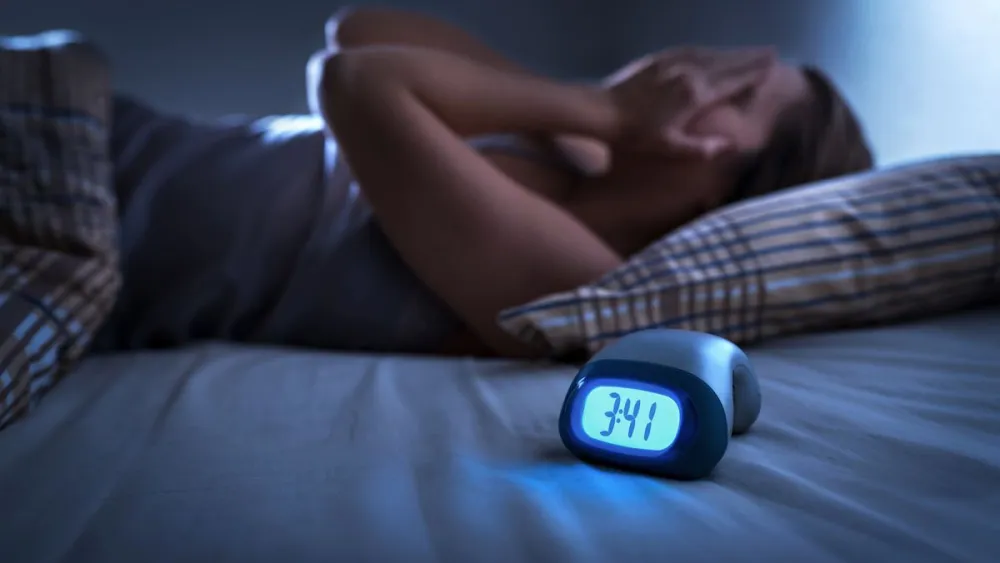Technology has become an integral part of modern life, but its pervasive presence can have detrimental effects on sleep patterns and contribute to daytime fatigue. In this article, we'll explore the influence of technology on sleep, common technologies that disrupt sleep patterns, effects of disrupted sleep patterns on daytime fatigue, and strategies for minimizing technology-related sleep disruptions. modafinil is prescribed medicine by a doctor to treat sleepiness due to narcolepsy disorder
Introduction
Definition of Sleep Patterns
Sleep patterns refer to the regular and recurring cycles of sleep stages and durations that individuals experience over 24 hours. Healthy sleep patterns are essential for overall health and well-being, influencing cognitive function, mood, immune function, and physical recovery.
Overview of Technology's Impact on Sleep
Technology has revolutionized the way we live, work, and communicate, but its widespread use has also introduced new challenges to sleep health. The use of electronic devices, screens, and digital media before bedtime can disrupt sleep patterns and contribute to daytime fatigue.
The Influence of Technology on Sleep Patterns
Blue Light Exposure
Electronic devices such as smartphones, tablets, computers, and televisions emit blue light, which can suppress the production of melatonin, a hormone that regulates sleep-wake cycles, and delay the onset of sleep.
Disruption of Circadian Rhythms
Engaging with technology, particularly in the evening and nighttime hours, can disrupt the body's natural circadian rhythms, leading to difficulties falling asleep, staying asleep, and achieving restorative sleep.
Psychological Stimulation and Distraction
The use of technology before bedtime, such as checking emails, scrolling through social media feeds, watching videos, or playing video games, can stimulate the mind and increase alertness, making it harder to unwind and relax before sleep.
Common Technologies That Disrupt Sleep Patterns
Electronic Devices
Smartphones, tablets, computers, and e-readers are commonly used devices that emit blue light and promote psychological arousal, leading to disrupted sleep patterns and reduced sleep quality.
Television
Watching television before bedtime can be stimulating and disruptive to sleep, particularly if the content is engaging or emotionally arousing.
Video Games
Playing video games, especially those with fast-paced action or intense graphics, can increase cognitive arousal and make it difficult to transition into a relaxed state conducive to sleep.
Social Media and Online Content
Engaging with social media platforms and consuming online content before bedtime can lead to excessive screen time, psychological stimulation, and disrupted sleep patterns.
Effects of Disrupted Sleep Patterns on Daytime Fatigue
Impaired Cognitive Function
Disrupted sleep patterns can impair cognitive function, including attention, memory, problem-solving, and decision-making abilities, leading to daytime fatigue and reduced productivity.
Increased Risk of Accidents and Injuries
Sleep deprivation and daytime fatigue resulting from disrupted sleep patterns can increase the risk of accidents, errors, and injuries, both at home and in the workplace.
Negative Impact on Physical and Mental Health
Chronic sleep disturbances and daytime fatigue have been associated with an increased risk of various health problems, including obesity, diabetes, cardiovascular disease, mood disorders, and impaired immune function.
Strategies for Minimizing Technology-Related Sleep Disruptions
Establishing Screen-Free Zones and Times
Designate specific areas of the home, such as the bedroom, as screen-free zones, and establish times during the evening and nighttime when electronic devices are turned off or put away to promote relaxation and sleep.
Using Blue Light Filters and Night Mode Settings
Use blue light filters and night mode settings on electronic devices to reduce exposure to blue light in the hours leading up to bedtime and minimize its impact on melatonin production and sleep quality.
Practicing Digital Detox and Mindfulness
Take regular breaks from technology, practice mindfulness and relaxation techniques, such as deep breathing, meditation, and progressive muscle relaxation, and engage in offline activities that promote relaxation and stress reduction.
Creating a Relaxing Bedtime Routine
Establish a consistent bedtime routine that includes relaxing activities such as reading, taking a warm bath, listening to calming music, or practicing gentle yoga stretches to signal to the body that it's time to wind down and prepare for sleep.
Conclusion
In conclusion, technology plays a significant role in disrupting sleep patterns and contributing to daytime fatigue. By understanding the influence of technology on sleep, identifying common technologies that disrupt sleep patterns, recognizing the effects of disrupted sleep patterns on daytime fatigue, and implementing strategies for minimizing technology-related sleep disruptions, individuals can promote healthier sleep habits and improve overall well-being.

Comments
Post a Comment